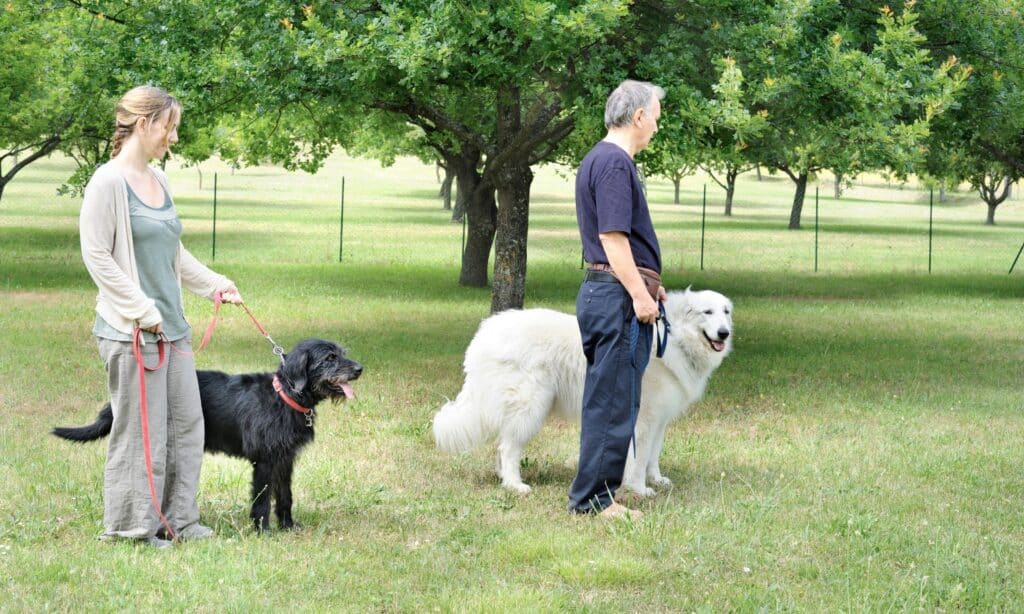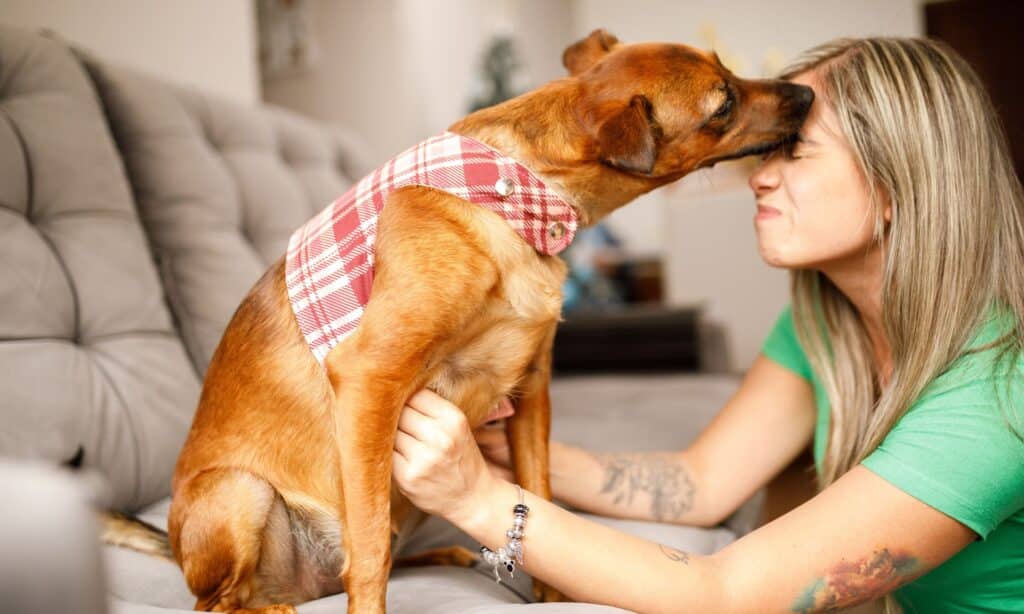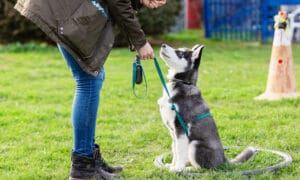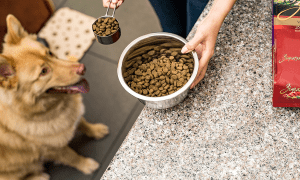“This post contains affiliate links, and I will be compensated if you make a purchase after clicking on my links.”

If your dog doesn’t listen to you, it can get frustrating. There are several probable reasons why your dog is suddenly not listening to you, and it might be a combination of them. Some dog breeds, such as the Dachshund, Boston Terrier, and Chihuahua, are notoriously stubborn. Deafness can also strike at any stage in a dog’s life. Or perhaps it’s because they are overwhelmed with something else.
Most of the time, there is a reason why your dog isn’t listening. Especially if it previously did as you asked and is now displaying different behavior. However, there are certain things you can do to help manage the problem. Here’s how to get your dog to listen to you:

Tip #1: Mind Your Tone
It’s critical to use an even tone of voice when commanding your dog. Never yell commands frantically since it will confuse and distract the dog from what you are trying to teach him. Your pet may misinterpret your agitated voice as a cry for help and ignore your command.

Tip #2: Change Of Environment
If your dog is stressed out due to environmental difficulties, for instance, the introduction of a new pet, you can try taking the dog out of the environment for a brief period of time to resume your training sessions and reduce anxiety. You can take your pet to a neighborhood park or walking route to get them out of the environment.

Tip #3: Dog Classes
Another option is to enroll your pet in puppy classes. Puppy courses can help you get your pet on the right track quickly. Trainers in these facilities are frequently eager to provide tips and tricks specific to your dog after they have had the opportunity to work with them, and this can typically lead to the best outcomes in the shortest amount of time.

Tip #4: Check Your Expectations
It is sometimes necessary to take a step back to ensure that we are not asking too much from our pets. Unrealistic expectations might lead your pet to get anxious if they believe they will not be able to satisfy you, and they may retreat or try to avoid you. It’s always ideal to start with simple commands until your dog is comfortable with the training routine.

Tip #5: Stay Positive
Staying positive comes a long way. Dogs respond well when they know you are happy, so shower them with praise when they do something great and never look sad when they do something terrible. The happier you are when they achieve something, the more they will want to try.
Make sure you can commit to being there every day and remain positive throughout the session. If you don’t see a change in your dog immediately, don’t give up; stick with it and your dog will come around. With patience and determination, your pet will soon come around!





















